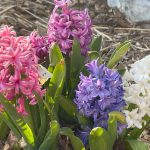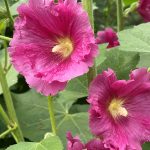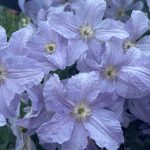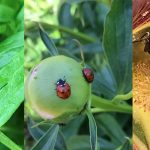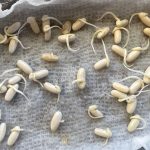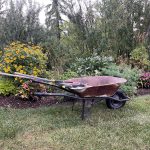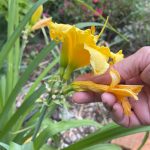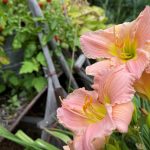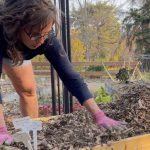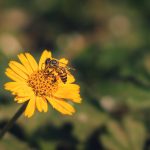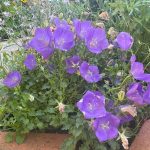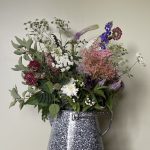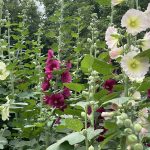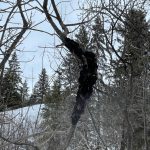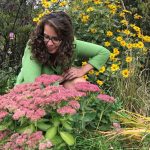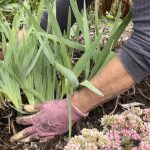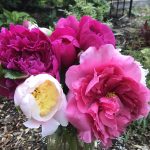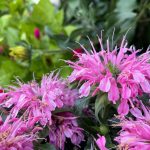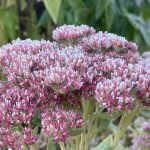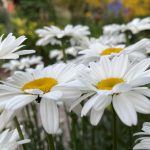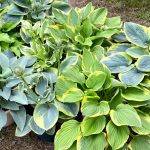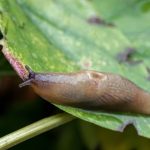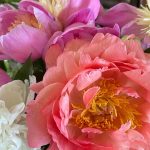I would like to thank Jordan from Sunstar Nurseries Ltd. for his collaboration and expertise in putting this blog together.
People often ask when the best time is to plant a tree, followed by how to plant a tree correctly and how to care for a newly planted tree. Trees add so much lucsious life to a garden, but they have incredibly particular needs that must be met in order to thrive.
This blog is all about the dos and don’ts of tree planting, so let’s dig in!
The Right Tree for the Right Place
Every tree species has unique environmental needs, and it’s essential to match the right tree with the right environment. No matter how well you care for a mismatched tree, it will have difficulty thriving in the wrong location.
Before you start digging any holes, be sure to narrow down your reasons for having a tree in the first place.
Ask questions like:
- Why do you want a tree?
- Would you like a tree for shade?
- Would you like to have a fruit-bearing tree?
- Would you like an ornamental tree that flowers in the spring?
- Are you looking for a deciduous tree that grows fresh leaves each spring or an evergreen that holds its needles through the winter?
- Think about the dimensions of your ideal tree.
- How tall and wide would you like the tree to grow?
Related: How to Plan & Design a Garden in 4 Simple Steps
After you have nailed down the reasons for including a tree in your landscape, the next task is to find the right tree. Familiarize yourself with your garden space and answer these four questions to find which tree will work best:
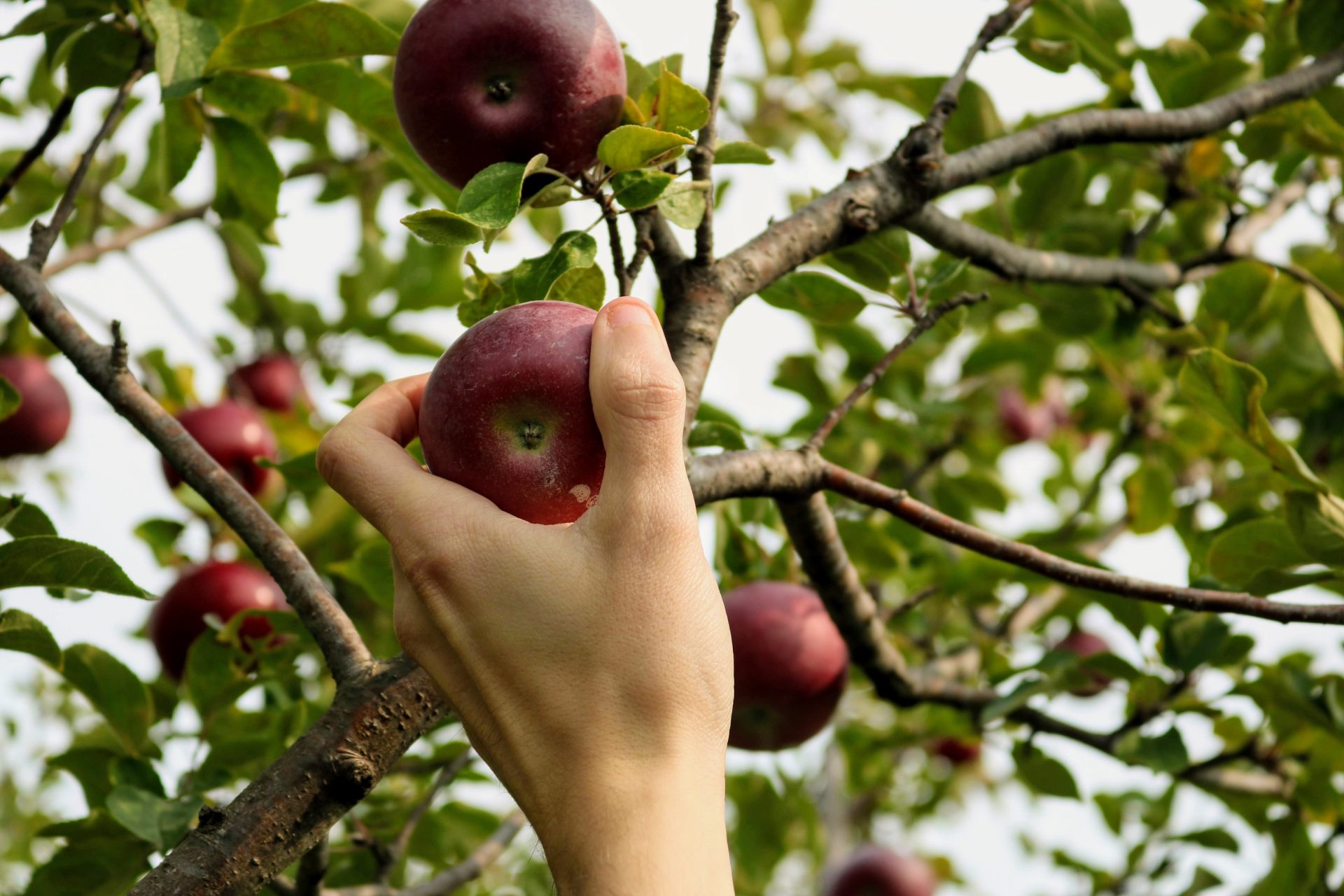
1. Where do you want to plant the tree?
Choose a location for your tree and get to know the terrain and the soil.
- Is the area sloped? Flat? Open? Spacious? Is it near buildings, fences, hedges, or other stands of trees?
- Dig into the soil and check out its characteristics and describe it. Is it rocky? Clay based? Loose Loam?
2. How many hours of sunlight does that area receive?
Sunlight is the key to photosynthesis, and different tree species have different sunlight requirements. Some love full, hot sunny locations, others prefer shady, cool places, and some like a mix of both sun and shade.
It’s more important to know the total number of hours the sun shines on the place you have chosen for your tree rather than its relationship to your home, like ‘it’s facing north’ or ‘it has a southern exposure.’
- What time of day does the sun start to shine on that area? When does it stop?
- Are there any buildings, fences, or other trees that shade the area between those hours?
3. How does the wind move in your yard?
Wind doesn’t play a significant role in tree health, but it is helpful to know how wind currents move in your yard. Watch prevailing wind patterns to see what direction it comes from. Check if any buildings create a wind tunnel.
4. What is the Plant Hardiness Zone?
Plant hardiness zones are a framework that categorizes groups of plants and trees into a reference framework. This system uses more than just the minimum temperatures to determine the groups. It incorporates other factors like length of the growing season, summer temperature, wind humidity, altitude, rainfall, and average snowfall.
Related: What Zone are We? from Sunstar Nurseries
Once you have answered these questions, you are ready to search for the right tree.
If you plan to plant more than 1 tree, consider planting a variety of trees rather than only one type to create a healthier, more diverse growing space. Species diversity is key to limiting infections and insect outbreaks within your yard.
Many infections only affect one genus of tree, so tree diversity limits your losses. It is harder for insects and diseases to spread throughout an urban environment where there is heterogeneity.
If you don’t know which trees to choose, consult knowledgeable people at your local nurseries, garden centers, and arborists to help you make the best decisions for your landscape. It’s important to speak to resident, local experts because they have the practical experience for your growing zone.
When is the Best Time to Plant a Tree?
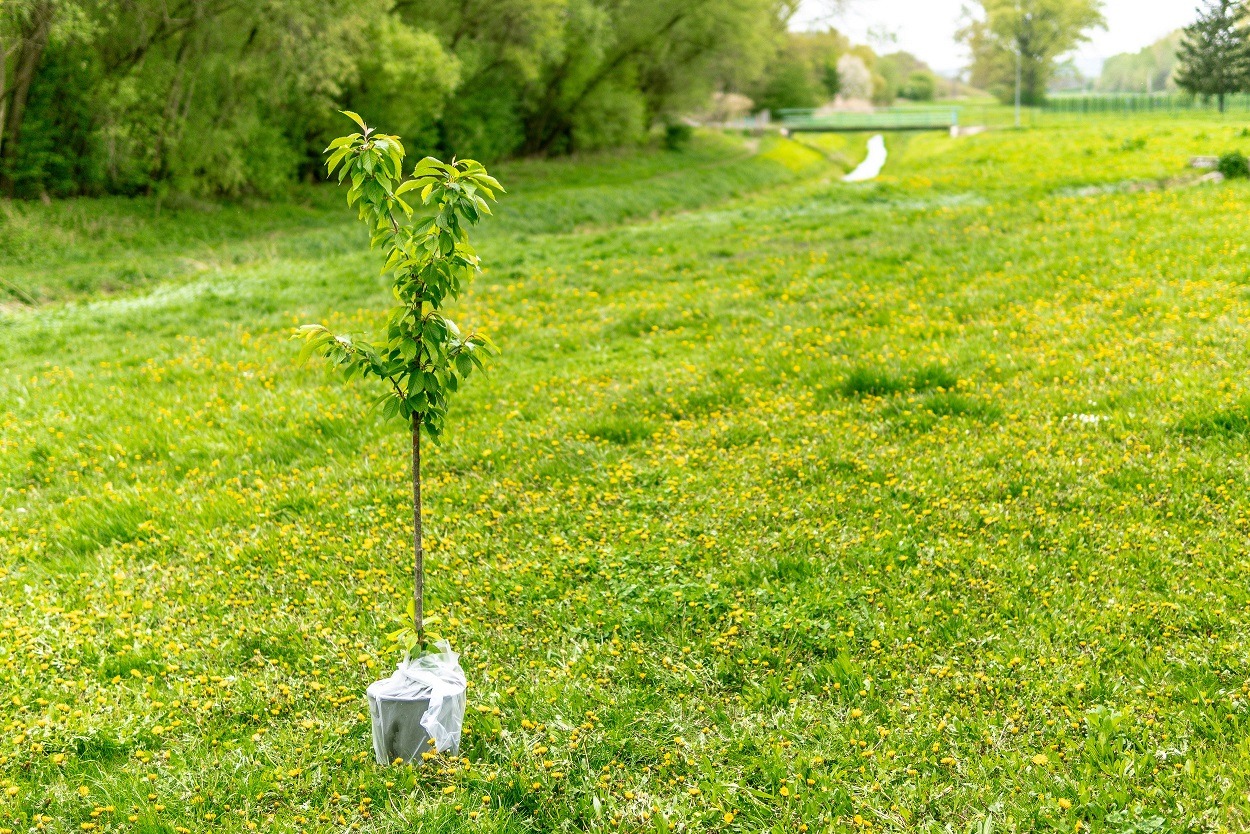
There is more than one answer to this question, and it depends on the size of the tree and how well you can get the roots established.
As a rule, most trees for sale at local Nurseries or Garden Centers are ready to be transplanted and can be planted throughout the entire growing season. Each season offers different factors to be aware of.
The shoulder seasons of spring and fall are generally the easiest times for transplanting trees because they are cooler, and the tree will experience less stress. The summer months are hotter, and you will need to be more aware of your tree’s needs and monitor it more closely during this season.
Your access to good quality water and using the correct maintenance schedule for each species, season, and pot size are more of a determining factor for when to plant a tree than the actual season itself. If you can provide the proper care for what a tree needs, you can plant throughout the full growing season with confidence.
When to Plant Small Trees
Small trees, like saplings and potted trees, can be planted in spring whenever you start gardening and throughout the summer, as mentioned above.
Potted trees can vary from small quart-sized containers to very large pots. When trees of this size are planted in spring, they can easily adapt and they have the whole growing season to establish.
Occasionally, trees can become root-bound in pots at Nurseries and Garden Centers. If you find this to be the case, make an effort to massage and break up some of the circling roots as you plant so that as they grow out, they don’t continue to circle over the course of a tree’s life.
When to Plant Balled-Burlapped/Wire Basket Trees
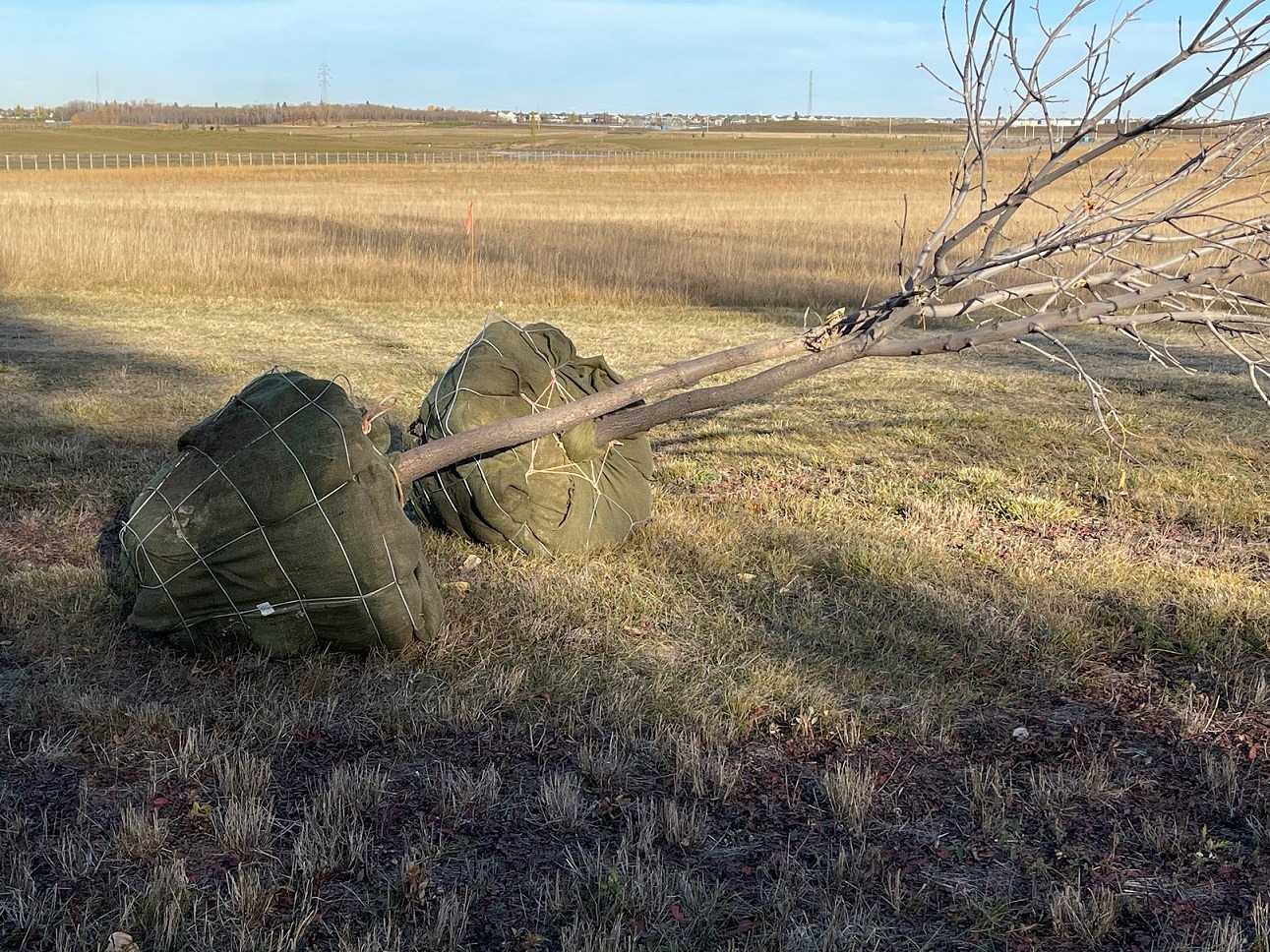
Balled and burlapped trees (sometimes called ‘wire basket’ or ‘caliper’ trees) are generally a larger and more mature product that has been grown in a nursery and dug out by a tree spade. The roots are wrapped with burlap and secured with a metal cage to keep the root ball safe and intact during transport.
These mature trees are usually dug in early spring before they bud out and can be planted throughout the growing season. Spaded trees take 1-2 years longer to re-establish after transplanting, but you are getting a more instant product.
You often see these trees planted in autumn because the cooler weather decreases metabolic demands on a tree and allows the roots to develop and get established before winter kicks in. However, as mentioned above, they can be planted throughout the growing season, but there will be more monitoring of the moisture conditions in the summer months.
Things to Know About Tree Root Systems and Soil Before Planting a Tree
Many people are surprised to hear that trees grow most of their roots laterally, and not downward. As a result, healthy tree roots can extend 3 times the distance past the tree’s drip line. The tree’s drip line is where rain falls or drips off the tree’s leaf canopy.
Root systems that primarily grow laterally are called flat root systems. This type of root system spreads outward from the trunk in the top 30-45 cm (12-18″) of soil, with most growing at 15cm (6″). Birch, Fir, Spruce, and many fruit trees have flat root systems.
Some trees like Oak, Elm, and Ash, have deep anchoring tap roots which grow downward for structural support, but they still have lateral feeder roots.
Soil quality can affect how deeply a tree will root. Hard soils result in shallower root systems than porous, well-draining soils. Clay-based soils don’t filter well, but, instead, they hold water and can eventually drown the tree if it can’t handle the moisture.
Vigorous trees like Aspen, Elm, Poplar, Maple, and Ash can penetrate clay soils.
Once you have established your site and selected the right tree for the location, it’s time to get it placed.
How to Plant a Tree Step by Step
Planting a tree involves preparing the site to the correct depth and width, backfilling the root ball, watering, and mulching. We’ll also talk about staking and fertilizing trees.
1. Preparing the Site for Planting a Tree

A common tree planting mistake is planting them too deep. So, to counteract this, dig a shallow dish for the tree at the same depth as the root ball or the tree’s pot. Dig the dish 2-3 times wider than the root ball or what your space will best allow.
If the roots are not root-bound, you can usually plant the tree as-is. However, if you find that the roots are circling, gently tease them outward and, if needed, the bottom portion of the roots can be cut to encourage them to extend outward rather than continuing to circle.
Using a high phosphorous fertilizer such as bone meal is a good idea at any time of year you are planting a tree. Phosphorous is the middle number indicated on a container that lists N-P-K. Bone meal works best when it is in direct contact with the roots. Avoid using a high nitrogen fertilizer until the next growing season so the tree can focus on root development.
Another beneficial product to use when planting trees is a root-enhancing product containing mycorrhizae.
What do mycorrhizae do? Mycorrhizae permit the plant to obtain additional moisture and nutrients. This is particularly important in the uptake of phosphorus, one of the major nutrients required by plants.
When mycorrhizae are present, plants are less susceptible to water stress. Sunstar Nurseries recommends Myke or a newer Canadian product called Root Rescue, which has even more potent effects on root development.
2. Backfilling a Tree’s Root Ball
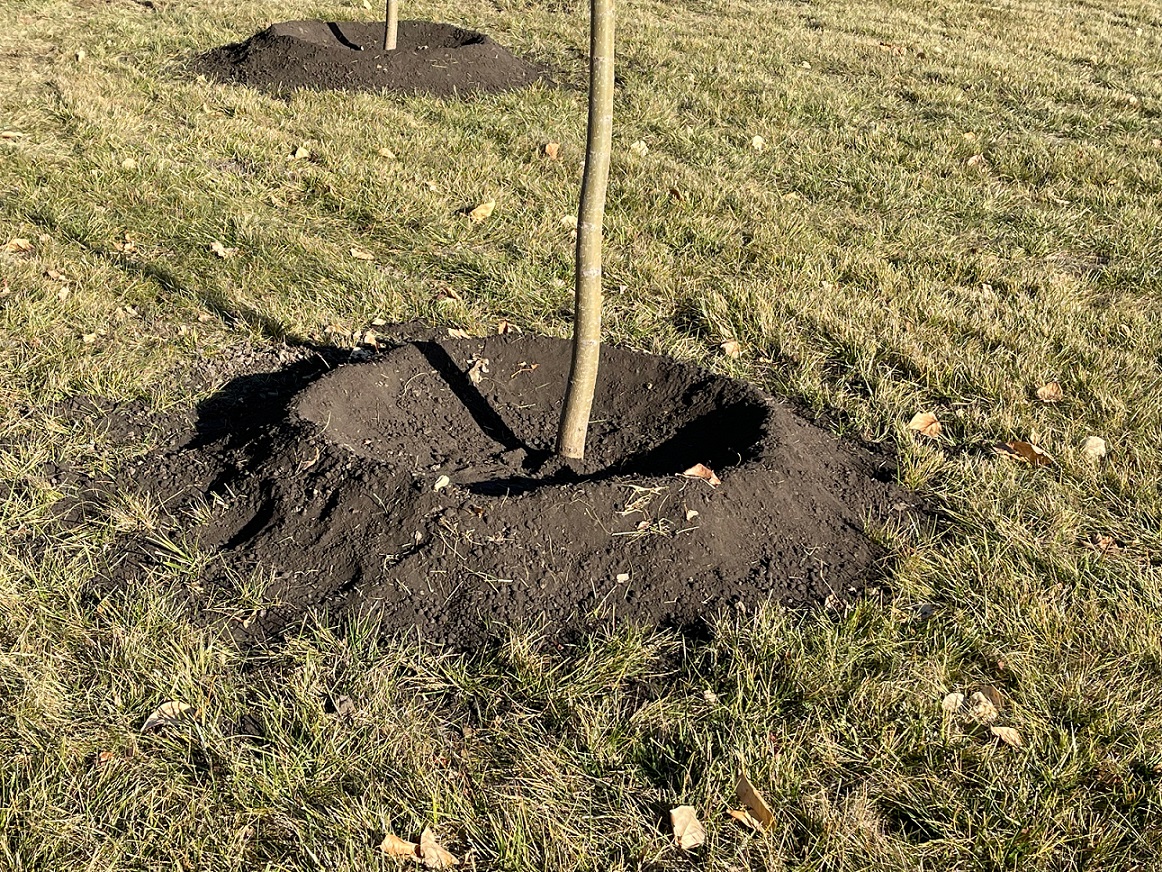
Place the root ball in the middle of the shallow dish, no deeper than the depth of the root ball, so that the crown will be at ground level. The crown is where the roots and the trunk meet. Backfill just level with the crown.
Do not bury any part of the trunk because soil will hold moisture against the bark, weaken it, and make it susceptible to insect or disease problems.
3. Watering Trees After Planting
Be vigilant in maintaining a newly planted tree’s water status for the first year. Interestingly, people tend to overwater their baby trees more than underwater them.
The goal is to keep the soil evenly moist but not saturated. After the first year or two, most trees in the Edmonton area can survive with natural precipitation levels or with moderate intervention to aid the tree in times of extreme weather temperatures or drought.
Monitor your tree’s soil every 2-3 days for the first 4-6 weeks. After that, checking the soil once a week is usually sufficient. This will, of course, depend on the species chosen, and the size of the tree in relation to the root zone.
Check for soil moisture by inserting the entire length of your index finger into the soil beside the root ball. If the soil is moist at the tip of your finger, there is no need to water.
Water trees at a rate of about 2-4 gallons (9-18 litres) of water per inch (2.5 cm) of the tree trunk. Avoid using water with high sodium and high iron levels that may come from well water.
Trees talk to us through their leaves, especially with the youngest leaves at the ends of a branch. If you see leaf yellowing, it can often mean too much moisture is sitting in the root zone. If the leaves become wilted, dry, brown, and crispy (often showing first on the leaf tips), the tree will need more water. A freshly planted tree with insufficient water in a heat wave can deteriorate quickly. These are critical periods for moisture application.
4. Fertilizing Trees After Planting
Healthy trees don’t need fertilizer. Fertilizer is addictive and once trees get started on it, they will learn to depend on supplemental fertilizer rather than look for their own nutrients and adapt to their environments.
Instead of fertilizing, allow your trees to grow and seek nutrients with their massive root systems. If a tree looks healthy, it doesn’t need fertilizer.
5. Mulching Trees After Planting
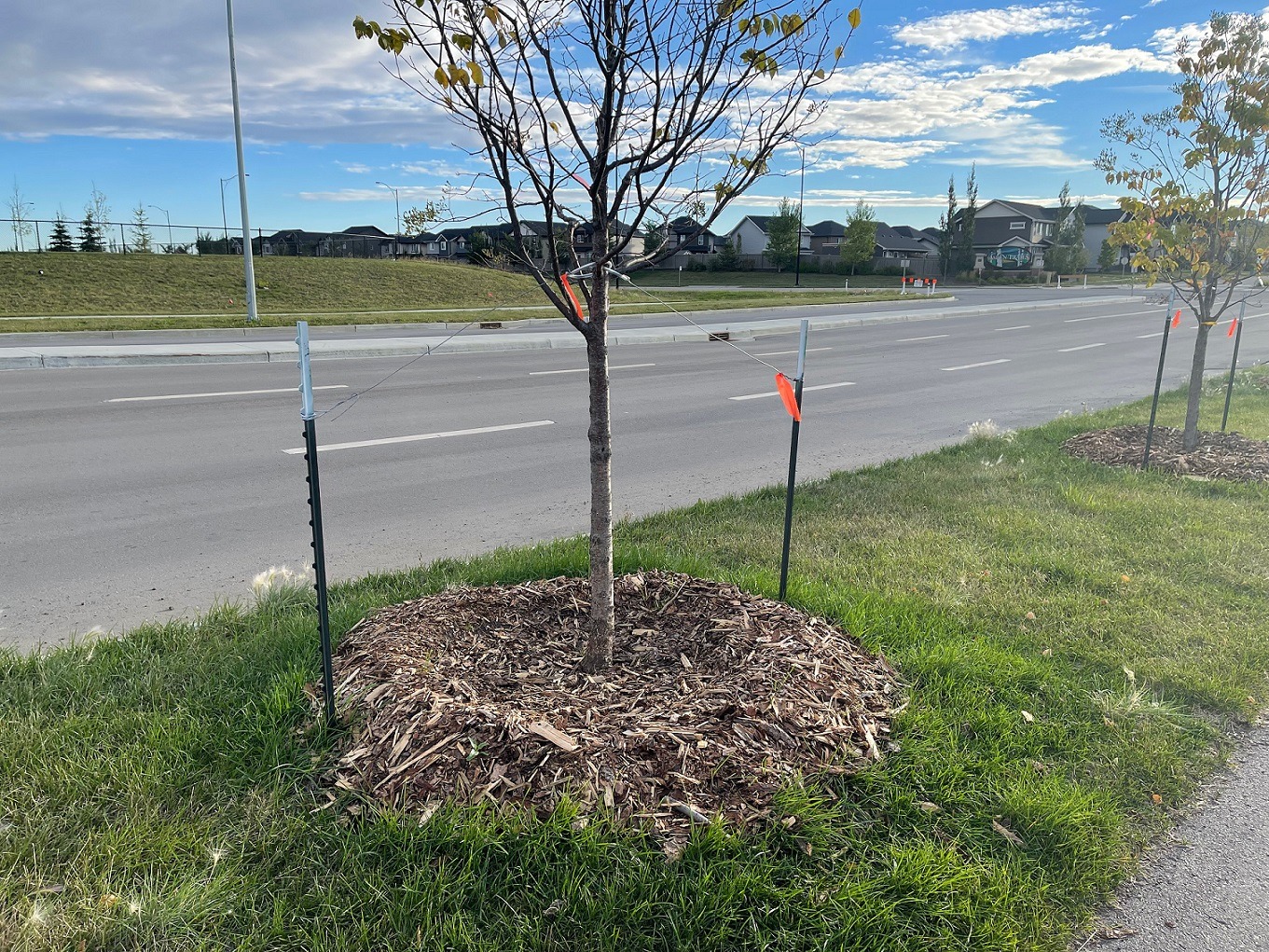
Mulching is a sensitive topic in the Nursery industry. For the long term, it has many benefits, but in the short term, it can cause root rot if there is too much mulch applied in conjunction with overwatering and/or excess rainfall.
It is often a good idea to mulch only up to the root ball edge. This will allow the roots to dry out a little in between waterings. Then, as the tree ages over the years, you can slowly start to bring the mulch closer to the trunk.
Being conservative with mulch is particularly true in an urban environment where water is more accessible. However, in a rural setting where watering schedules can be more erratic, you may want to have mulch closer to the trunk to keep in moisture if the trees are in a wide-open setting.
Cover the fresh soil of the newly planted tree up to the root ball perimeter with 5-10cm (2-4″) of natural mulch, including an elevated ring around the diameter, creating a ‘donut’ around the tree. Do not exceed more than 10cm (4″) of mulch; 7cm (3″) is optimal. Excessive mulch can also decrease oxygen flow and water penetration to the roots, or in years of excess rainfall, mulch can retain more moisture than wanted.
Keep mulch away from the tree trunk. Mulch will create moisture around the trunk, weaken and possibly destroy the bark covering making it vulnerable to insect invasions and disease. Bark is a tree’s first line of defence as intact skin is to humans. Healthy bark makes for healthy trees.
6. Staking Trees After Planting
Trees benefit from being staked if they are in a windy place. Only stake a newly planted tree if necessary, and remove the stake after 1, or maximum, 2 years.
Use soft, wide materials, like wide nylon, to fasten the stake to the tree. Rigid and narrow substances, like wire, will cut into the bark. Keep an eye on the contact area for rubbing or other damage to the bark.
Conclusion
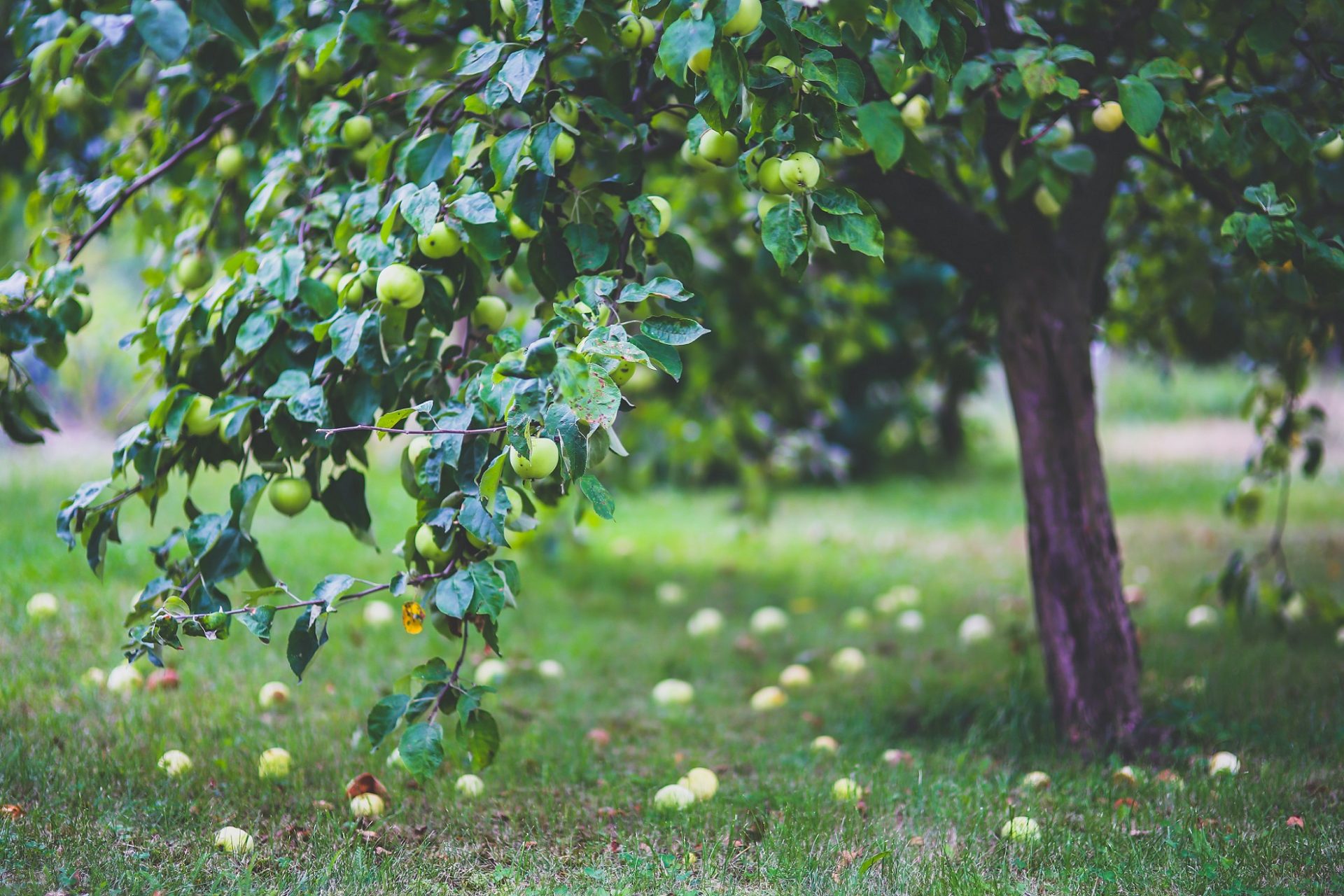
Trees are the backbone of a garden ecosystem. Once in the right place, they provide years of beauty and joy to a garden space, not to mention all the benefits they bring ecologically.
Will you be planting any trees this year?
©Sharon Wallish Murphy ©Gardening with Sharon


